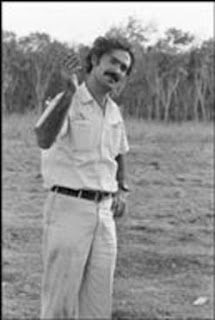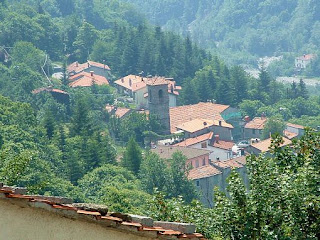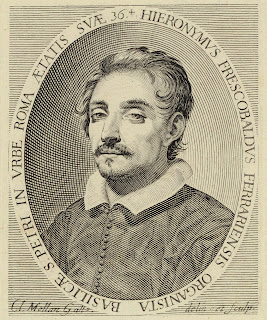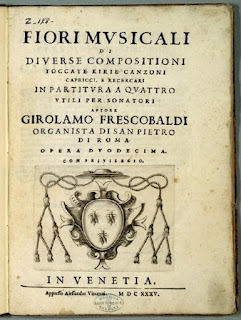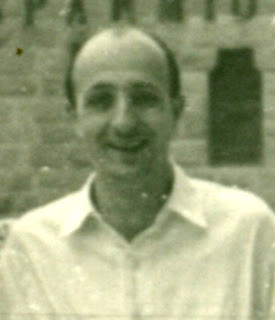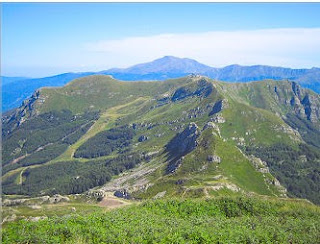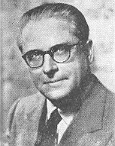Name that became a trademark for luxury and high performance
 |
| Ettore Bugatti launched the company in 1909 after attending the Brera Academy of Fine Arts in Milan |
The company Bugatti launched in 1909 became associated with luxury and exclusivity while also enjoying considerable success in motor racing. When the glamorous Principality of Monaco launched its famous Grand Prix in 1929, the inaugural race was won by a Bugatti.
Although Bugatti cars were manufactured for the most part in a factory in Alsace, on the border of France and Germany, their stylish designs reflected the company’s Italian heritage and Bugatti cars are seen as part of Italy’s traditional success in producing desirable high-performance cars.
The story of Bugatti as a purely family business ended in 1956, and the company closed altogether in 1963. The name did not die, however, and Bugatti cars are currently produced by Volkswagen.
Ettore came from an artistic family in Milan. His father, Carlo Bugatti, was a successful designer of Italian Art Nouveau furniture and jewelry, while his paternal grandfather, Giovanni Luigi Bugatti, had been an architect and sculptor. His younger brother, Rembrandt Bugatti, became well known for his animal sculpture.
Ettore - full name Ettore Arco Isidoro Bugatti - displayed both artistic talent and an interest in motor vehicles at a young age. He attended the Accademia di Belle Arti di Brera in his home city before becoming apprenticed to the bicycle manufacturer Prinetti and Stucchi, where at the age of 17 he successfully attached an engine to a tricycle.
 |
| A Type 35 Bugatti, the car that brought the company many race successes, including its first Grand Prix |
Bugatti produced his first racing car in 1903, but fell out with De Dietrich over his attention to racing cars over production models and moved to work for the French manufacturer Emil Mathis in Strasbourg, although again it was a short-lived relationship. By 1907 he was working for the Deutz engine company in Cologne.
He went alone for the first time in 1909, buying a disused dyeworks in Molsheim, abou 25km (16 miles) west of Strasbourg, where with the financial backing of the Spanish racing driver Pierre De Vizcaya and a bank loan, he began work to produce 10 cars and five aeroplane engines.
Bugatti produced his first so-called ‘pur sang’ (thoroughbred) Bugattis - a term he invented himself - with the Type 10/13 in 1910, a car in which his factory driver, Ernest Friederich, came second in the French Grand Prix at the first attempt in 1911.
 |
| Ettore Bugatti (right) and his son Jean discuss race tactics |
Bugatti branched more into aircraft engines during the First World War but returned to cars once peace resumed and between the wars Bugatti cars enjoyed notable success on the track.
The 1924 Type 35 brought the marque its first Grand Prix victory in Lyon, while Bugattis swept to victory in the Targa Florio, the road race in Sicily, for five years in a row from 1925 to 1929.
Between 1921 and 1939 Bugattis won more than 30 major races, including the French Grand Prix six times and the Monaco Grand Prix four times, culminating in the 24 Hours of Le Mans twice, in 1937 and 1939, with the Type 57, driven by Jean-Pierre Wimille and Pierre Veyron, whose name has since been immortalised in the most famous of modern Bugattis.
 |
| The Bugatti Veyron is regarded by experts as one of the best cars ever produced for looks and performance |
Tragedy struck when Ettore Bugatti's son, Jean Bugatti, was killed in 1939 at the age of 30 while testing a Type 57 near the Molsheim factory. After that, the company's fortunes began to decline. A strike in 1936 hit the company hard and the Second World War saw the factory in Molsheim transferred to a German owner by compulsory purchase.
The Molsheim plant was given back to Bugatti after the war but lack of funds meant the company could never return to its pre-war prosperity. Ettore, by then living in Paris, suffered pneumonia followed by a stroke and died in 1947 at the age of 65.
Married twice, he fathered two daughters and two sons, the youngest of whom, Roland Bugatti, took over the running of the company in 1951 but was unable to save it, production coming to an end in 1956, the closure of the company following in 1963.
The company name was revived 24 years later, however, when the Italian entrepreneur Romano Artioli bought the rights to the Bugatti trademark and began manufacturing cars at Campogalliano, near Modena.
It was subsequently acquired by Volkswagen in 1998, with the help of whose expertise the Bugatti name has again come to symbolise luxury and high performance. The Bugatti Veyron, of which production began in 2005 at a refurbished Molsheim plant, has propelled it back to the top of the tree in the limited production exclusive sports car market, earning the title ‘greatest car of the past 20 years’ in a poll conducted by the UK magazine Top Gear that attracted more than 100,000 entries.
| The Palazzo Brera is home to the Accademia di Belle Arti |
The Accademia di Belle Arti di Brera, sometimes shortened to Accademia di Brera, is a state-run tertiary public academy of fine arts in Via Brera in Milan, in a building it shares with the Pinacoteca di Brera, Milan's main public museum for art. The academy was founded in 1776 by Maria Theresa of Austria and shared its premises with other cultural and scientific institutions, including an astronomical observatory, botanical garden, school of philosophy and law, laboratories for physics and chemistry, and a library. The main building, the Palazzo Brera, was built in about 1615 to designs by Francesco Maria Richini.
 |
| The first Targa Florio in 1906 was won by Alessandro Cagno, driving an Turin-based Itala car |
The Targa Florio was an open road endurance car race held in the mountains of Sicily near the island's capital of Palermo between 1906 and 1977, when it was discontinued due to safety concerns. Conceived by the wealthy pioneer race driver Vincenzo Florio, it was for a time the oldest surviving sports car racing event in the world. While early races were eventually extended to a whole tour of the island, covering a distance of 975km (606 miles), it was in time shortened to a circuit of just 72km (45 miles). The race started and finished at the village of Cerda, 45km (28 miles) southeast of Palermo.
More reading:
Enzo Ferrari and the automobile world's most famous name
The insult that fired the Lamborghini-Ferrari rivalry
How Battista 'Pinin' Farina changed the way cars looked
Also on this day:
1616: Europe's first free public school opens in Frascati, near Rome
1904: The birth of Umberto di Savoia, the last king of Italy
Home

